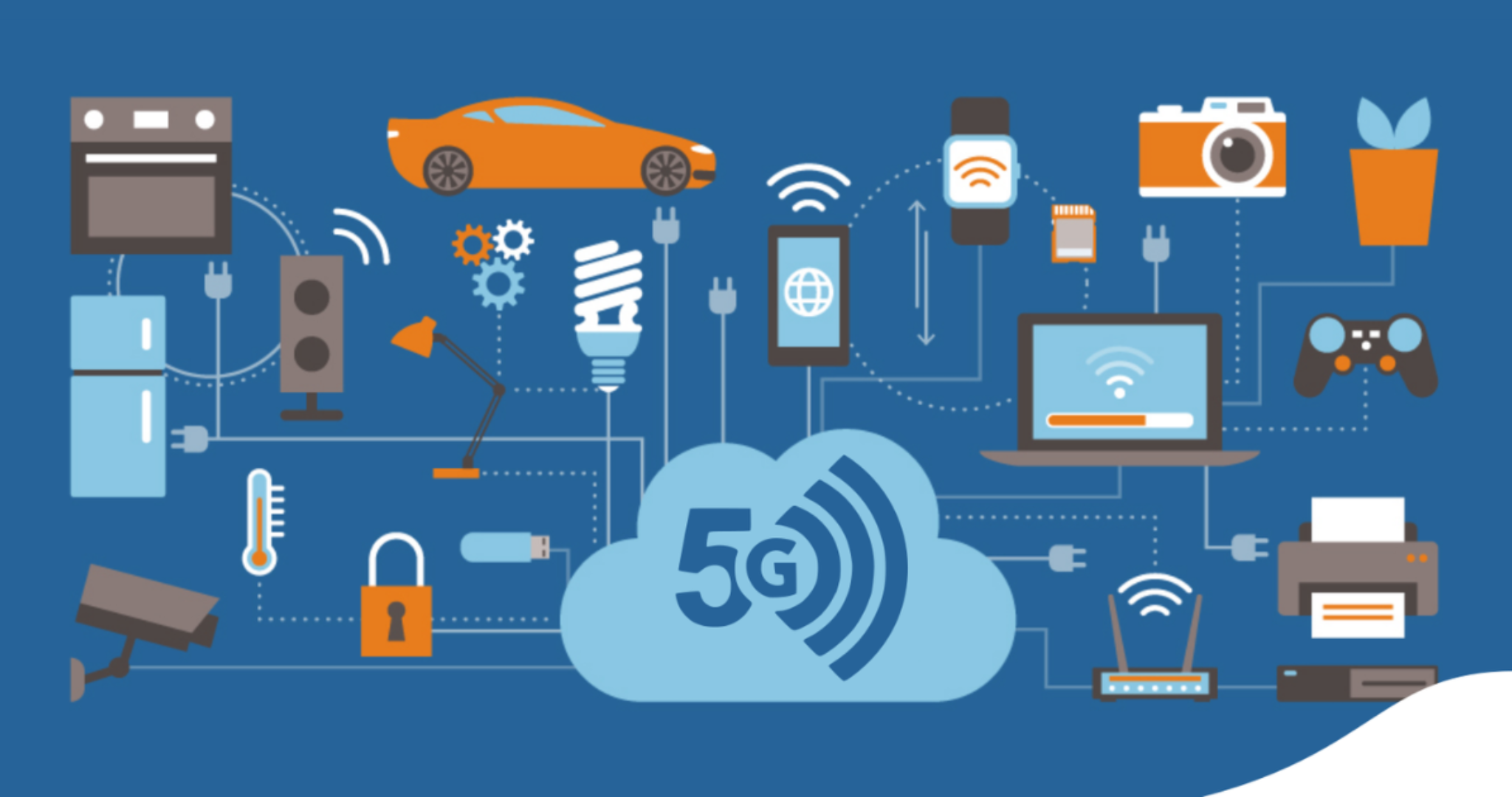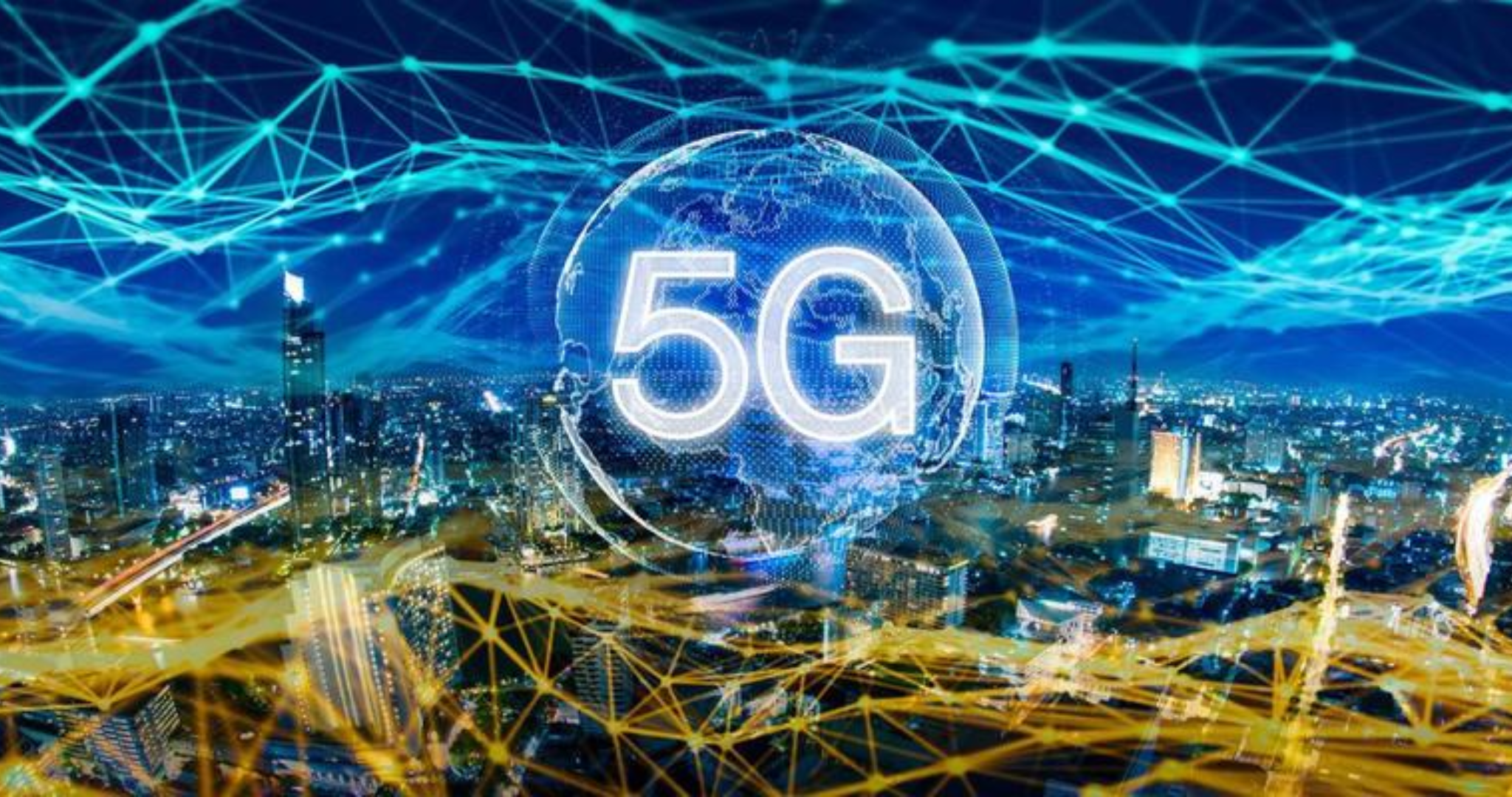1. Introduction: The Fifth Revolution in Mobile Connectivity
If 4G changed the way we watch videos and browse the internet, 5G—the fifth generation of mobile networks—is set to transform how the entire world operates. With speeds 10 to 100 times faster than 4G and near-zero latency, the fifth-generation network is not just about better smartphones—it’s the foundation for self-driving cars, smart factories, digital cities, and the Internet of Things (IoT).
2. What Is 5G?
5G (Fifth Generation) is the latest global wireless standard, succeeding 4G LTE and redefining mobile connectivity. It enables:
-
Download speeds of up to 10 Gbps
-
Ultra-low latency (as low as 1 millisecond)
-
The ability to connect millions of devices simultaneously
Simply put, fifth-generation connectivity is faster, smarter, and more powerful than any wireless technology that came before it.
3. The Technology Behind 5G: Why It’s So Powerful
5G isn’t just faster—it uses entirely new infrastructure and frequency ranges to achieve its capabilities.
Millimeter Wave (mmWave) Spectrum
-
Operates on high-frequency bands (24 GHz to 100 GHz)
-
Delivers extremely fast data rates
-
Has shorter range and requires more cell towers or small cells
Massive MIMO (Multiple Input, Multiple Output)
-
Uses dozens of antennas to handle multiple simultaneous connections
-
Boosts signal strength and capacity, especially in dense urban areas
Beamforming
-
Directs signals precisely to where they’re needed
-
Reduces interference and increases efficiency
Network Slicing
-
Divides the ultra-fast mobile network into virtual slices
-
Each slice is optimized for a specific use case (e.g., gaming, IoT, autonomous vehicles)

4. How Fast is 5G Compared to 4G?
| Technology | Average Download Speed | Latency |
|---|---|---|
| 4G LTE | 20–100 Mbps | 30–50 ms |
| 5G | 1–10 Gbps | 1–5 ms |
That means you can download a full HD movie in under 10 seconds with 5G compared to several minutes with 4G.
5. Real-World Applications of 5G Technology
The real power of the fifth-generation network lies in its potential to transform industries far beyond telecommunications.
Autonomous Vehicles
-
Cars need to communicate in real-time to avoid accidents
-
Cutting-edge network technology enables ultra-low latency communication between vehicles, sensors, and infrastructure
Smart Healthcare
-
Remote surgery, diagnostics, and monitoring rely on reliable, real-time data transfer
-
Cutting-edge network technology allows doctors to operate or consult across the globe
Smart Cities
-
IoT devices (cameras, traffic lights, sensors) need constant, fast communication
-
Cutting-edge network technology creates the foundation for automated, intelligent urban infrastructure
Industry 4.0 / Smart Manufacturing
-
Machines can operate autonomously and communicate with each other in real time
-
Cutting-edge network technology enables predictive maintenance, AI integration, and increased productivity
Entertainment & AR/VR
-
Augmented reality (AR) and virtual reality (VR) need high bandwidth and low latency
-
Fifth-generation connectivity makes immersive gaming and live 8K streaming possible anywhere
6. Challenges and Limitations of 5G
While 5G is revolutionary, it also comes with hurdles:
-
Infrastructure Demand: Requires many small cells and a new network backbone
-
Limited Range of mmWave: High-frequency signals don’t travel well through walls or over long distances
-
High Deployment Cost: Building a fifth-generation connectivity-ready network takes significant investment
-
Device Compatibility: Older devices are not fifth-generation connectivity-compatible
In short, fifth-generation connectivity’s full potential will take years to be fully realized worldwide.
7. 5G Rollout Status Around the World
As of 2025, over 100 countries have launched or are testing fifth-generation connectivity networks.
-
USA: Rapid rollout in major cities with Verizon, AT&T, and T-Mobile
-
China: Over 2 million base stations; aggressive industrial integration
-
South Korea: Leading in nationwide coverage
-
Vietnam: Piloting in Hanoi, HCMC, and Da Nang with plans for expansion
The global 5G race is not just about speed—it’s about who controls the digital infrastructure of the future.
8. Future: What’s Next?
By 2030, fifth-generation connectivity is expected to be the default network layer for:
-
Fully connected smart homes and cities
-
Autonomous logistics and transportation
-
Real-time global collaboration using AR/VR
-
AI-driven edge computing
-
Smart agriculture and energy grids
Eventually, 5G will be so embedded in daily life, we may not even realize we’re using it.
9. Final Thoughts: Why 5G Matters
Fifth-generation connectivity isn’t just an upgrade in mobile connectivity—it’s a technological leap forward with deep implications for business, society, and the global economy.
Whether you’re a developer building the next big app, a business exploring automation, or just someone who loves streaming in 4K—5G will touch your life.
The fifth-generation connectivity revolution has already begun. Are you ready for the speed, intelligence, and innovation it brings?

TL OR DR: Quick Facts About 5G
-
Fifth-generation connectivity is the 5th generation mobile network with speeds up to 10 Gbps
-
Offers ultra-low latency and supports millions of devices
-
Powers next-gen technologies like self-driving cars, AR/VR, smart factories
-
Requires new infrastructure, but will reshape industries and everyday life
Internal Link Suggestions:
- Read more: What is Artificial Intelligence
- Read more: Top AI Technologies Shaping the Future

